Hotline
+86-136 8495 9862
Email:cennia@szmizhi.com
Add::104,Building 27,Third Industrial Zone, Longxi Community,Longgang District,Shenzhen,China.
Coil Forming & Handling Equipment
Surface Treatment Equipment
Solutions
Application
About Us

Welcome to MIZHI
For consultation/feedback, please call the service hotline: +86-136 8495 9862 Email:cennia@szmizhi.com
Our company is well received by customers with perfect solutions, good product quality, performance, and after-sales
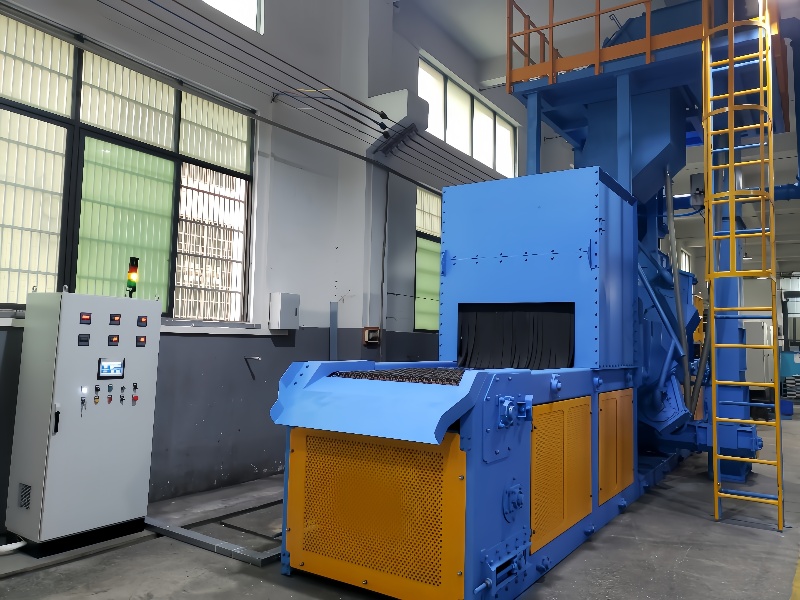
China has emerged as a dominant force in the global shot blast machine industry. In recent years, the country has held the largest share in production, accounting for approximately 55%, far outpacing other regions such as Europe (21%) and Japan (10%). This significant production volume is a testament to China's growing capabilities in manufacturing a wide range of industrial machinery, including wire mesh belt conveyor shot blast machines.
The wire mesh belt conveyor shot blast machine is a crucial piece of equipment used in various industries for surface treatment purposes. It is designed to clean, strengthen, and prepare the surfaces of different workpieces by propelling abrasive particles at high speeds. The continuous operation enabled by the wire mesh belt conveyor system makes it highly efficient for mass production scenarios.
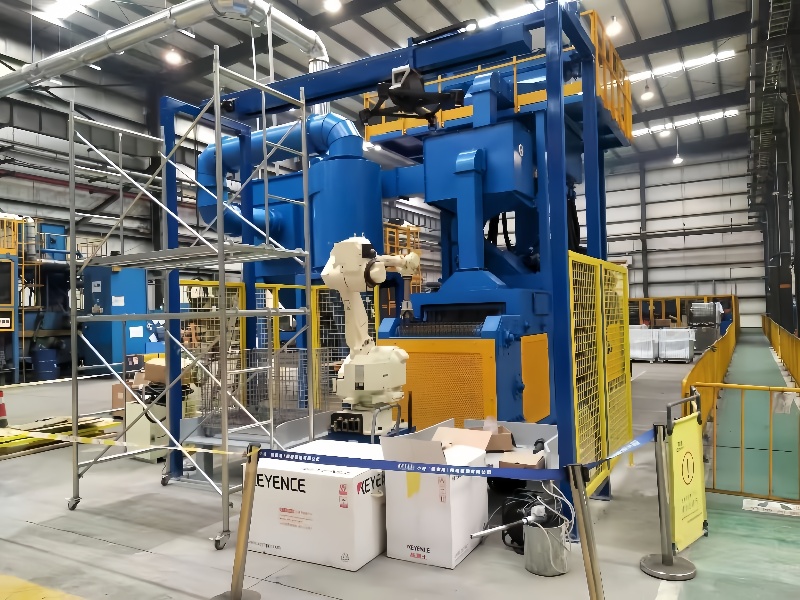
Automatic wire mesh-belt shot blasting machines represent a pinnacle of modern surface treatment technology, designed to efficiently clean, descale, and enhance the surface properties of various workpieces. These machines utilize a continuous wire mesh conveyor belt to transport components through a blasting chamber, where high-velocity abrasive media (shot) are propelled to remove rust, scale, paint, and other surface contaminants. The automation of this process ensures consistent results, high productivity, and reduced labor costs, making them indispensable in industries such as automotive, aerospace, metal fabrication, and foundries.
The core principle of shot blasting involves using centrifugal force or compressed air to accelerate abrasive particles, which impact the workpiece surface to achieve the desired treatment. Wire mesh-belt systems offer distinct advantages over other conveying methods (e.g., roller conveyors or batch processing) due to their ability to handle complex geometries, small parts, and high-throughput requirements. This article delves into the design architecture, operational mechanisms, key components, application scenarios, and maintenance considerations of these advanced machines.
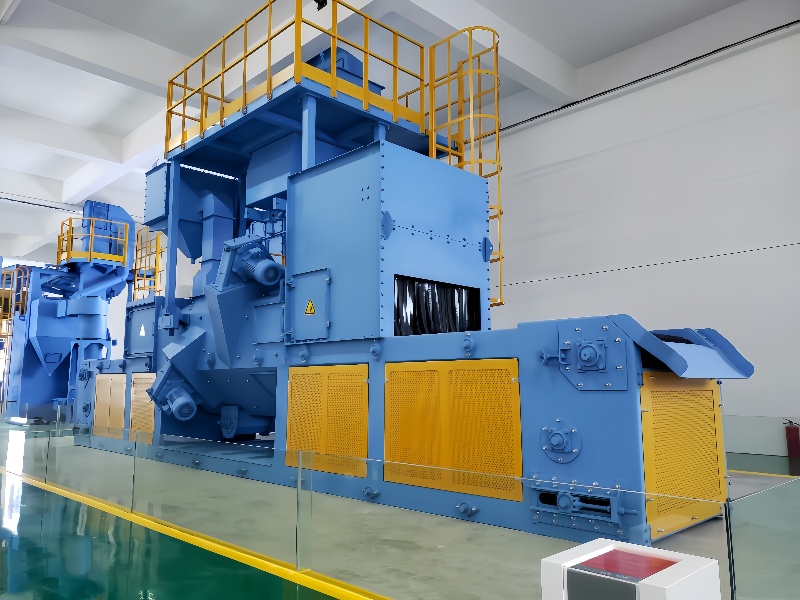
A wire mesh belt conveyor shot blasting machine is a specialized industrial equipment designed to clean, strengthen, and surface-treat various workpieces through the high-velocity projection of metallic or non-metallic abrasive particles. The core mechanism integrates a wire mesh belt conveyor system with a shot blasting chamber, enabling continuous processing of workpieces as they move through the machine. The wire mesh belt, typically made of stainless steel or high-carbon steel, ensures uniform conveyance of parts while allowing abrasive media to pass through, facilitating thorough blasting from multiple angles.
This machine is widely applied in industries such as automotive, aerospace, metal fabrication, and foundries to remove rust, scale, paint, and other surface contaminants. It also enhances surface roughness for better coating adhesion or achieves shot peening effects to improve material fatigue resistance. The conveyor system’s design—with adjustable speed, tension, and mesh size—makes it suitable for diverse workpiece shapes, from small components like screws to larger parts such as engine blocks or structural steel sections.

The wire mesh shot blasting machine stands as a crucial piece of equipment in the realm of surface treatment technology, widely utilized across diverse industries for its exceptional efficiency in cleaning, descaling, and enhancing the surface properties of various workpieces. This type of machine combines the functionality of a wire mesh conveyor system with the powerful process of shot blasting, where high - velocity abrasive media are propelled onto the workpiece surface to remove contaminants and improve surface quality.
Shot blasting, the core process of these machines, has a long - standing history in the manufacturing sector. It was initially developed as a method to clean and prepare metal surfaces for further processing. Over time, with the advent of advanced technologies and materials, wire mesh shot blasting machines have evolved to become highly sophisticated, automated systems capable of handling a wide range of workpiece sizes, shapes, and materials. From automotive components and aerospace parts to metal structures in construction and castings in the foundry industry, wire mesh shot blasting machines play an indispensable role in ensuring product quality, durability, and performance.
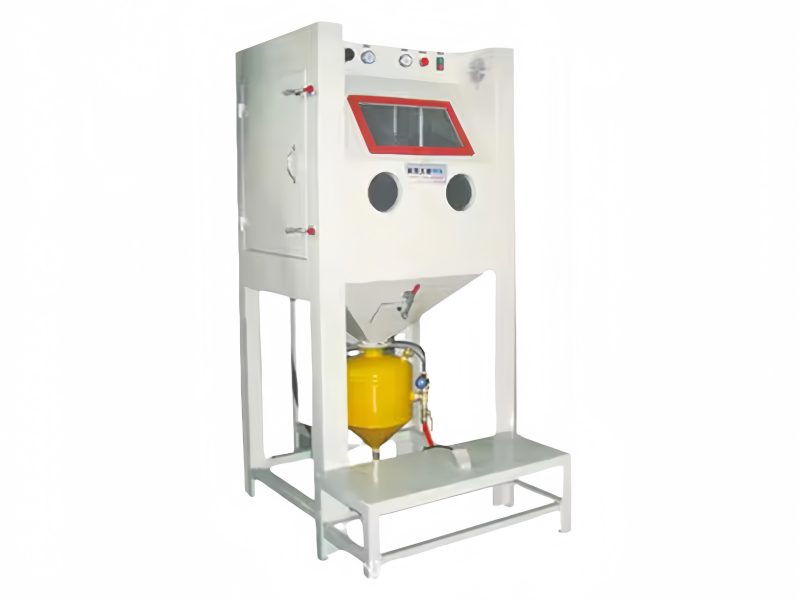
In the realm of industrial surface treatment, the need to create or modify rough surfaces is prevalent across numerous sectors. High pressure sand blasting machines have emerged as a powerful and versatile tool for achieving rough surface treatment, offering a precise and efficient method to alter surface textures. Whether it's enhancing the adhesion of coatings, improving friction properties, or preparing surfaces for bonding and welding, these machines play a crucial role in various manufacturing, construction, and maintenance processes.
Traditional surface treatment methods often struggle to meet the diverse and demanding requirements of modern industries when it comes to creating consistent and controlled rough surfaces. High pressure sand blasting machines, on the other hand, leverage the force of high velocity abrasive particles propelled by compressed air to abrade and reshape surfaces, providing a reliable solution for rough surface treatment. This article will delve into the working principles, key components, advantages, applications, and future trends of high pressure sand blasting machines used for rough surface treatment, highlighting their significance in enhancing the performance and functionality of various materials and structures.

Industrial high pressure sand blasting machines designed for large-area surface treatment represent the pinnacle of abrasive blasting technology, combining immense power with operational efficiency to tackle expansive surfaces such as ship hulls, storage tanks, bridge decks, and industrial flooring. Unlike portable or small-scale systems, these machines are engineered to handle coverage areas ranging from thousands to tens of thousands of square meters, featuring high-pressure capabilities (up to 30 bar), massive media handling capacities, and advanced automation to ensure uniform results at scale. The technology addresses the unique challenges of large-area blasting, including consistent surface profile creation, minimal downtime, and cost-effective media management.
Key characteristics of these systems include:
High-pressure propulsion systems for rapid material removal
Large-volume media hoppers and efficient recycling
Automated or semi-automated blasting mechanisms
Robust construction for continuous heavy-duty operation
This segment of blasting technology has evolved to meet the demands of industries requiring rapid, high-quality surface preparation for coating, maintenance, or refurbishment of large infrastructure and industrial assets.

In the ever evolving field of surface treatment, the demand for more efficient, environmentally friendly, and versatile solutions has led to the development of innovative technologies. Among these, the high pressure sand blasting machine with a water injection system represents a significant advancement. This cutting edge equipment combines the powerful rust removal and surface preparation capabilities of traditional sand blasting with the unique benefits of water injection, addressing many of the limitations associated with conventional sand blasting methods.
Traditional high pressure sand blasting machines, while effective in removing rust, paint, and other contaminants from surfaces, often generate a substantial amount of dust, pose safety risks to operators, and can cause damage to delicate surfaces due to the high velocity impact of abrasive particles. The integration of a water injection system into sand blasting machines offers a multi faceted solution, reducing dust emissions, cooling the surface during the blasting process, and providing better control over the abrasive action. This article will explore the working principles, key components, advantages, applications, and future trends of high pressure sand blasting machines with water injection systems, highlighting how they are transforming surface treatment across various industries.
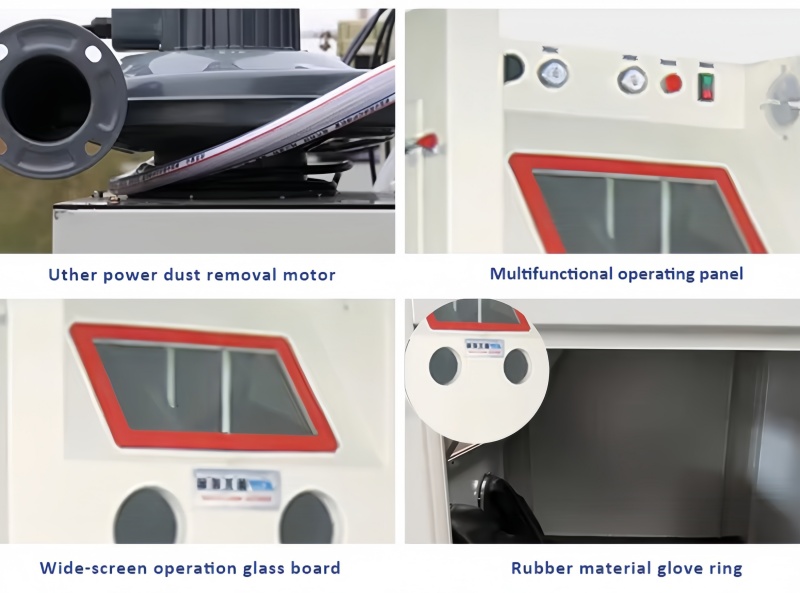
Portable high pressure sand blasting machines have revolutionized on-site surface treatment, offering mobility and power for cleaning, descaling, and finishing in remote or hard-to-reach locations. Unlike stationary systems, these compact units combine high-pressure capabilities (up to 20 bar) with transportability, making them ideal for construction, ship repair, pipeline maintenance, and emergency restoration projects. The technology balances robust performance with portability, featuring lightweight designs, self-contained power sources, and quick-setup mechanisms to address the unique challenges of field operations.
Key features of portable high pressure sand blasters include:
High-pressure air or hydraulic systems for intense abrasive propulsion
Compact footprint and ergonomic design for easy transport
Modular components for quick maintenance and customization
Adaptability to diverse media, from sand to steel grit, for versatile applications
This segment of blasting technology has evolved to meet the demands of industries requiring rapid, on-site surface preparation without compromising on performance or precision.